 SHILLONG, MAY 17: Meghalaya’s cultivators’ population has decreased even as the literacy rates in all the districts have gone up with the gender literacy gap between male and female decreasing with marked increase in female literacy rates. These figures are part of the primary census abstract which is a data highlight of census-2011 released by chief minister Mukul Sangma on Friday.
SHILLONG, MAY 17: Meghalaya’s cultivators’ population has decreased even as the literacy rates in all the districts have gone up with the gender literacy gap between male and female decreasing with marked increase in female literacy rates. These figures are part of the primary census abstract which is a data highlight of census-2011 released by chief minister Mukul Sangma on Friday.
The extract of the new census reveals that Meghalaya’s decadal growth rate in the last ten years has decreased by 27.9 per cent as compared to 1991-2001 which stood at 30.65 %.
Meghalaya now ranks fourth among the states and union territories compared to national level which is 17.7 %.
The 2011 census reveals out of the total population of 2,966,889, the highest decadal growth rate is recorded in Ri Bhoi with 34.3 % followed by Jaintia hills at 32.1 % while the lowest is in East Khasi Hills at 25.0 %, the abstract said.
So far as the male population is concerned, the highest growth rate is recorded in Ri Bhoi (33.4) and lowest in East Khasi Hills (23.1), the highest female growth rate is recorded in Ri Bhoi (35.1) and lowest in East Garo Hills (26.4). However, urban female growth rate is significantly high in South Garo Hills (59.4), it stated.
In term of density of population as per the 2011 census the state is 132 per sq. mm. compared to 103 in 2001.
As far the literacy scenario in the state is concerned, the census abstract pointed out that in all the districts ‘literacy rate’ has significantly increased at every level over 2001. “In 2011, highest literacy rate is recorded in East Khasi Hills in total, rural & urban with lowest in Jaintia Hills in total & rural while Ri Bhoi recorded lowest (85.4) in urban among all the districts it stated.
With regard to female literacy rate marked increase at every level in state has been recorded and East Khasi Hills recorded highest female literacy in total & rural though urban Jaintia Hills recorded highest (90.4) followed by East Khasi Hills (89.6) and also pointed that male-female literacy gap has come down to 3.1 in 2011 from 5.8 in 2001.
With regard to the status of cultivators, the abstract stated that there is decreased in the percentage of cultivators in the state both in rural and urban over 2001.
Among the districts, significant decrease in cultivators has been recorded in West Khasi Hills & Ri Bhoi with exception in urban areas of Ri Bhoi district over 2001 which has the highest percentage of urban cultivators recorded in 2011.
Agricultural labourers have also decreased in rural and urban over 2001 at the state level. Among the districts, agriculture labourers have increased in total and rural in East Garo Hills, while it has decreased in East Khasi Hills both in rural and urban areas in 2011.
Amongst the districts, East Khasi Hills recorded highest density (301) followed by West Garo Hills (175) and West Khasi Hills being the lowest (73) in density of population.
With regards to the proportion of rural and urban population, rural population has increased from 78.9 % to 79.9 % at the state level while urban population has decline by 1% in 2011 census over 2001 census.
Rural urban proportion in West Garo Hills remained same over the decade. Significant increase has been recorded in East Khasi Hills in both the rural & decrease in urban areas.
The primary census abstract further revealed that age group of 0-6 population in the state has decreased more or less by 1% over 2001 at every level. It added that the same decline trend is visible in all districts except in Jaintia Hills where child population slightly increased in total and in rural areas.
The abstract reveals that the child sex ratio at the state level has gone down over the decade at every level adding similar decline trend is also visible in West Khasi Hills, Ri Bhoi & Jaintia Hills. In rest of the districts, total child sex ratio has increased over 2001 with marked increase in urban areas of East Garo and South Garo Hills.
Stating that the percentage of Schedule Caste population at the state level has slightly increased over 2001 census with same trend at the district levels .The East Khasi Hills district recorded highest increase in percentage of SC population in 2011 census over 2001 census.
The percentage of Schedule Tribe population in the state has marginally increased in 2011 census except in rural areas. Among the districts, East Khasi Hills recorded significant increase (80.1) with slight increase in Ri Bhoi (88.9) over 2001 census.
On literacy rate in the state, the census abstract pointed out that in all the districts ‘literacy rate’ has significantly increased at every level over 2001. “In 2011, highest literacy rate is recorded in East Khasi Hills in both the rural as well as urban areas with the lowest in Jaintia Hills in rural while Ri Bhoi recorded lowest (85.4) in urban.
While releasing the census abstracts, Meghalaya chief minister Mukul Sangma said, “Population data is quite important as the government strategize its development activities.”
Sangma said that the figures give us clearer clarity about the decadal growth besides work force. The abstract gives us the data which we required for planning and the developmental initiatives with the various commitments that the government has made for the overall growth and development of the state.
Sangma said, “With this kind of data it will give us enough idea as to how to plan our strategies in as far as development and growth of the state is concern.”
Urging the various government departments to make use of the data, Sangma said, “The data will help in ensuring that there is equity and no disparity so far as the distribution of population is concerned but will improve the standard and living condition.”
The primary census abstract was prepared by the Directorate of Census Operations, Meghalaya.- By Our Reporter

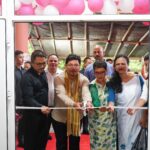

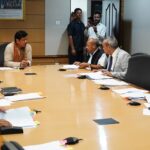


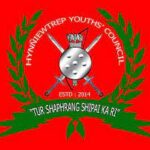


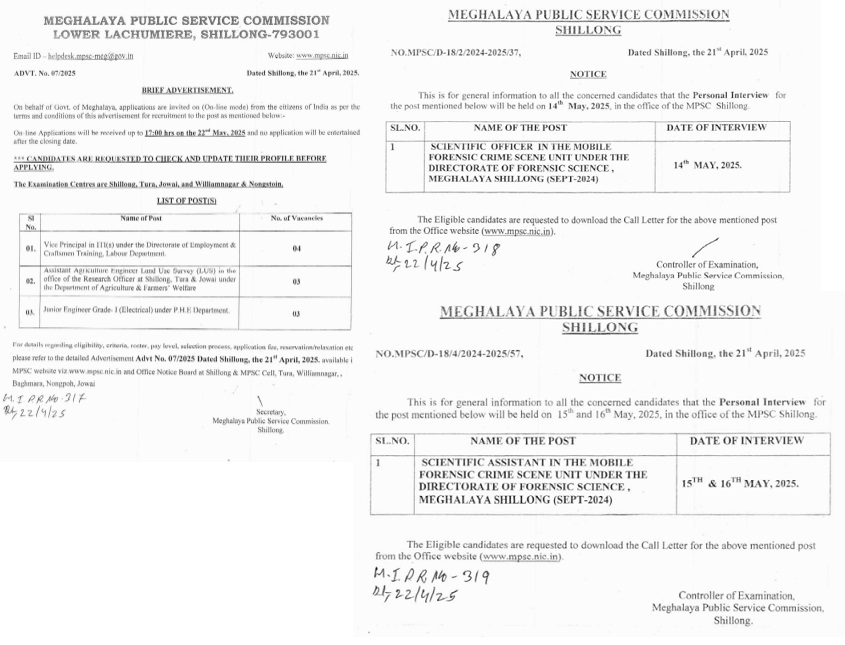
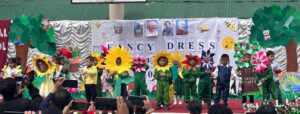
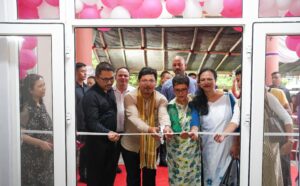
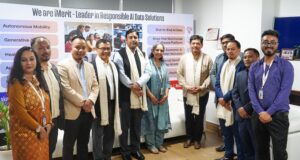
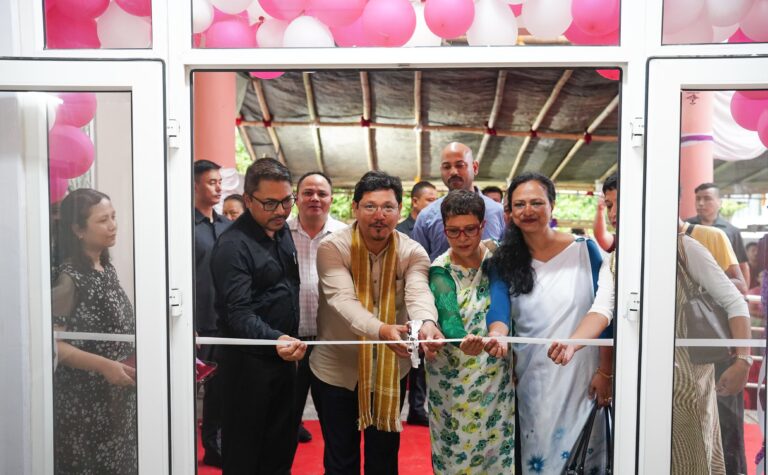
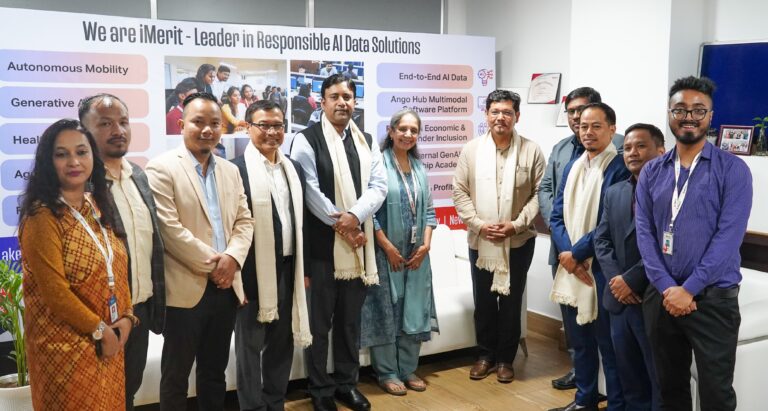
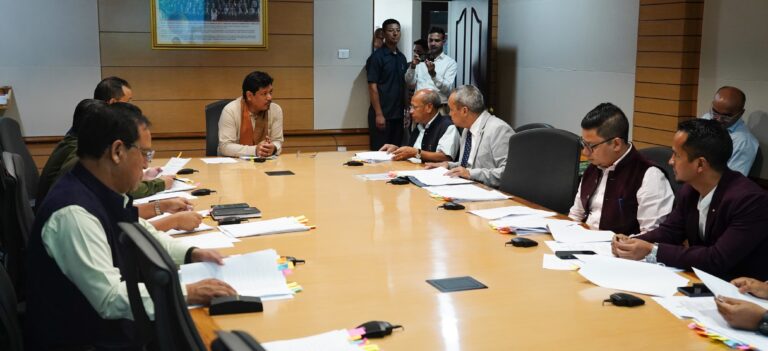
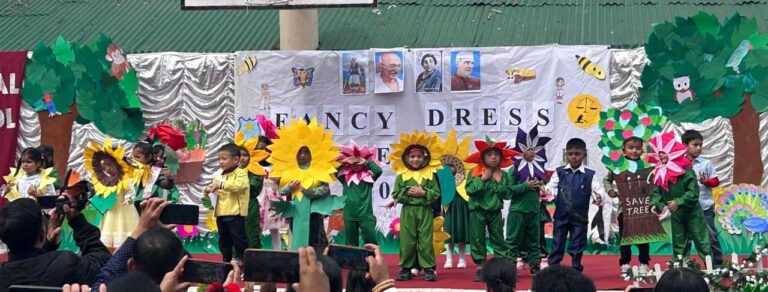
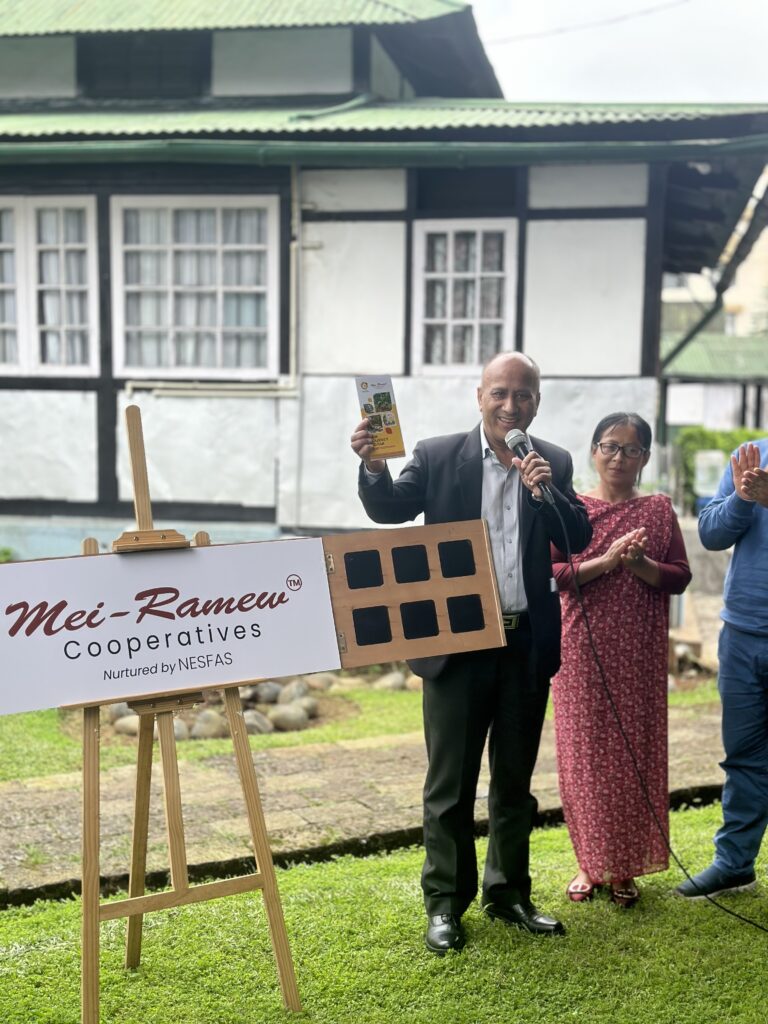
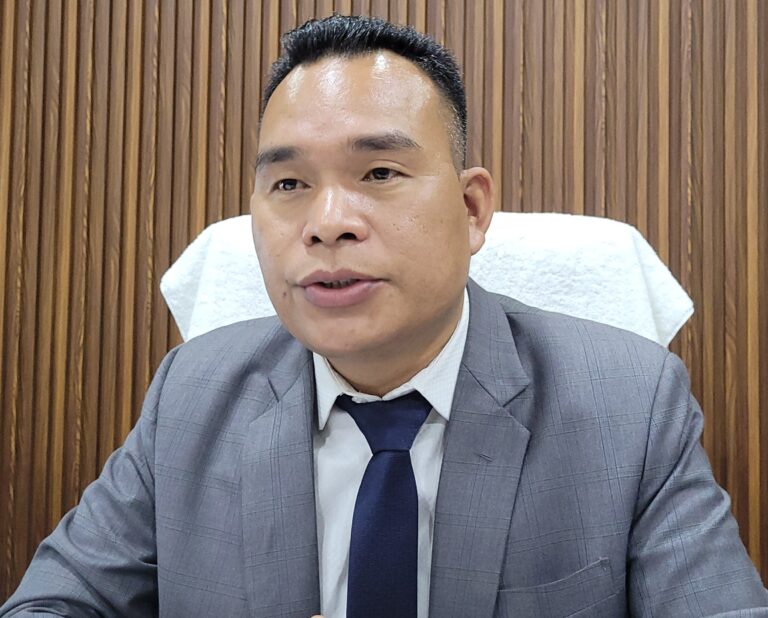
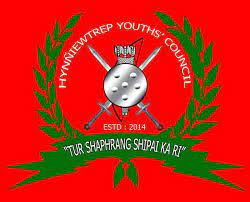


+ There are no comments
Add yours